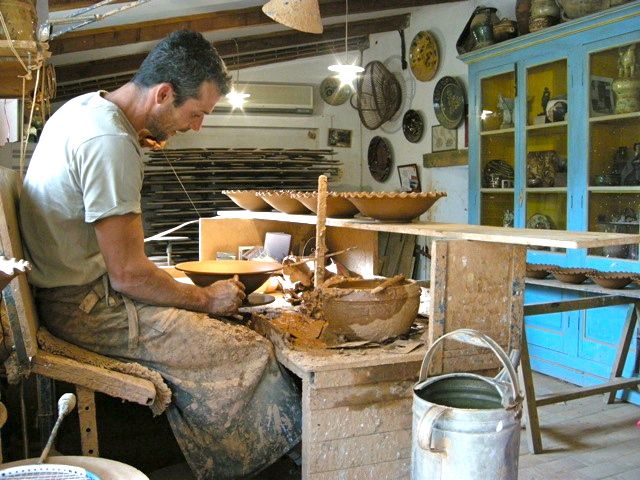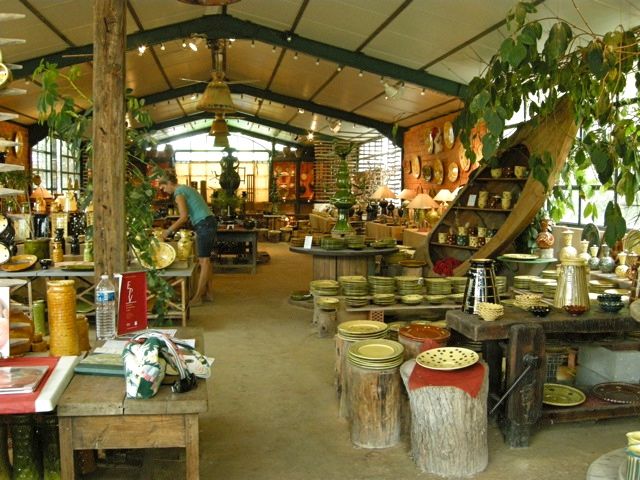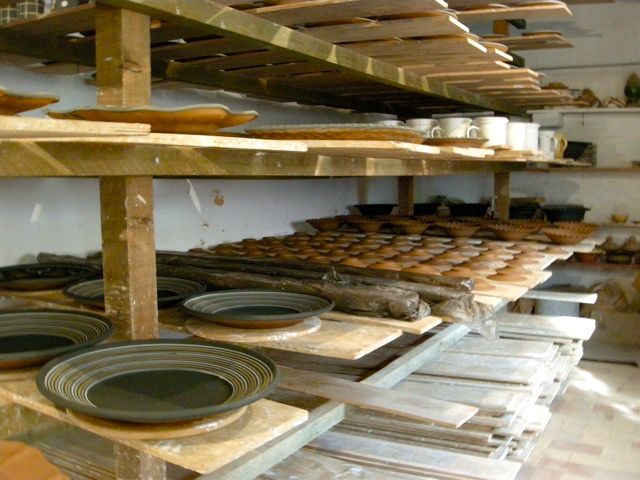
Lush, vivid, sophisticated, and luxurious – that sums up emerald, Pantone’s Color of the Year for 2013, quite well. The color of unity, healing, and regeneration, interior design ideas with this year’s green range from energized prints to cool and calm solids. Looking to incorporate the richness of emerald into your home? Try out some of these ideas from wall planters to Mexican vases:
Illuminate
Get some light on the subject with a green table lamp, like this one-of-a-kind lamp by Richard Esteban. Large or small, lamps are a quick and practical way to give any room a design lift (and create atmospheric lighting).
For a romantic touch, add some green candles to the mantle, bedside table, or sideboard. If you love the look of ivory or cream tapers, choose a green candle holder that’s full of personality like this whimsical double candle holder.
Serve
Bring emerald to your guests with green trays, green plates, green glasses, and green pitchers. Ok, maybe all of those at once will feel too much like St. Patrick’s Day, but emerald green serving ware definitely adds a luxe tone to a meal or a party. One of my favorite green trays is this French country cheese platter. The border and handle detail makes your favorite cheeses or other appetizers look extra delicious.
Green pitchers add style to water, juice, or wine, and make your favorite drink easy to pour at the table.
Soften
Green also makes for great fabrics that invoke gardens, jungles, jewels, or just a sense of vibrancy. Update your living room with green chevron curtains or add patterned emerald throw pillows to your couch. A green blanket or patterned rug also packs some emerald punch and keeps things looking fresh.
Plant
Flowers and house plants are another quick way to add some natural emerald to your home. This green Mexican vase with an abstract pattern looks stunning filled with blooms or empty on a shelf.
For those that live on the patio, add some green wall planters with French chic. Wall planters are ideal for trailing plants or for those who want to make the most of small garden spaces. Why leave the emerald only inside?
How are you using emerald for 2013? Do you love green plates, furniture, or other home accessories? Leave a comment and let us know!
Jewel image courtesy of Patrick Hoesly.
Living room image courtesy of decorpad.com via Emilia Ceramics on Pinterest.














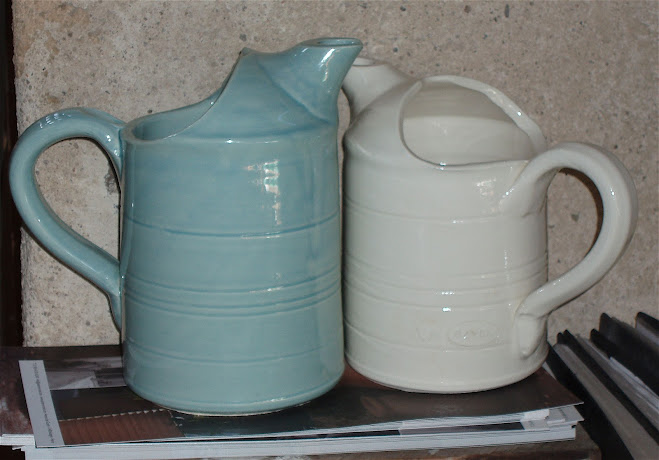





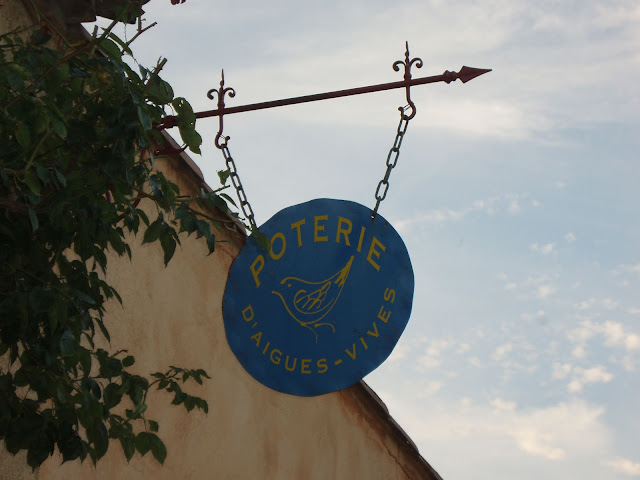
 The two old women owners at Foucard-Jourdan used their canes to crush ceramic pieces on the potters’ wheel that showed any sign of imperfection. Perhaps that’s where Richard learned his attention to detail and developed his appreciation for the slightly imperfect. I love the friendliness of his Aigues-Vives studio, with a tight team consisting of his two employees Arnaud and Katia, his wife Sylvie, and himself. The Esteban family also has three young children with whom I’ve shared several meals over the years, communicating in a mix of broken French and English.
The two old women owners at Foucard-Jourdan used their canes to crush ceramic pieces on the potters’ wheel that showed any sign of imperfection. Perhaps that’s where Richard learned his attention to detail and developed his appreciation for the slightly imperfect. I love the friendliness of his Aigues-Vives studio, with a tight team consisting of his two employees Arnaud and Katia, his wife Sylvie, and himself. The Esteban family also has three young children with whom I’ve shared several meals over the years, communicating in a mix of broken French and English.